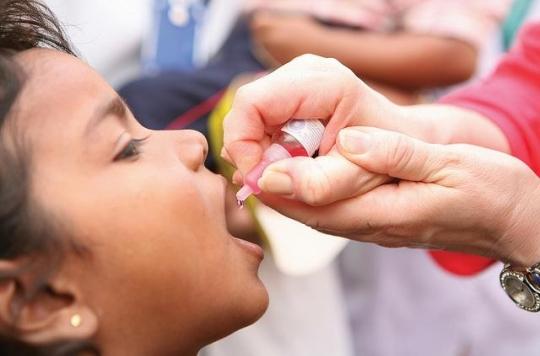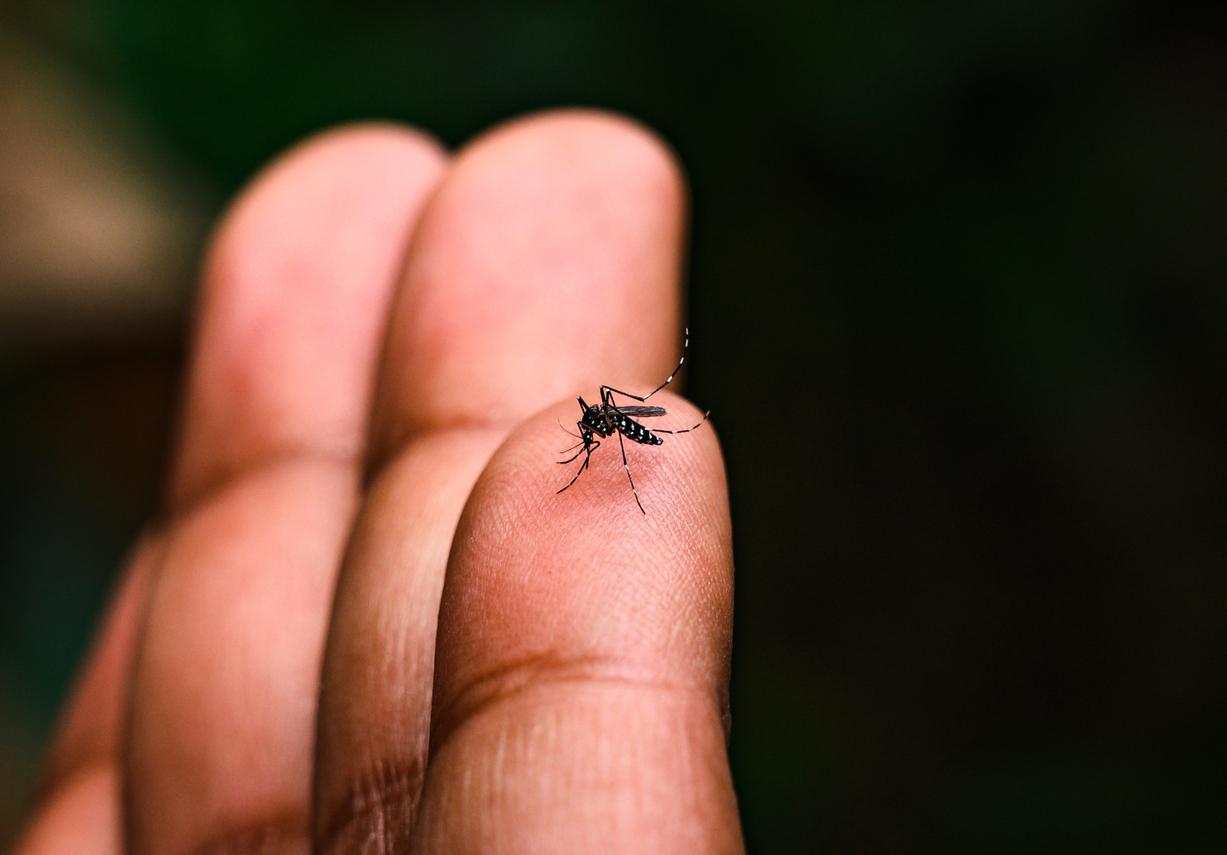The Syrian authorities are launching a vaccination campaign intended to immunize 440,000 children, after 17 new cases recorded.

Pakistan, Afghanistan, Nigeria, and therefore now Syria. The polio virus has almost disappeared from the face of the globe, but is resurfacing in these few countries plagued by armed conflict.
In Syria, 17 cases have been identified in Raqqa and in the province of Mayadin, in the east of the country. To stem a possible epidemic, Unicef and the World Health Organization (WHO) are announcing the launch of a vaccination campaign, which will concern 440,000 children for the two organizations.
Victims of the conflict
The conflict in Syria has been disastrous in terms of immunization coverage. While immunization rates hovered around 95%, they have dropped to around 60% today, said Oliver Rosenbauer, WHO spokesperson for the Polio Eradication Initiative.
An epidemic had already left 22 children paralyzed, especially in areas controlled by Daesh, which had exceptionally authorized the arrival on its territory of health teams to carry out vaccinations. A fighter from Pakistan had probably imported it. But this time the origin is different.
Whereas previously, the epidemic was caused by a wild type 1 virus – three types have been identified for polio – the current one is said to be caused indirectly by previous vaccination campaigns.
Vaccine-induced polio
The very inexpensive and highly effective oral vaccine (1) (OPV) is widely used to immunize children in developing countries. But it does come with a downside – it’s made from attenuated viral strains and can, in very rare cases, cause the disease.
By crossing the digestive system, mutations can indeed appear on these strains. Once released by the stool of the vaccinated child into the environment, they can be dangerous for people with weak immunity. This is referred to as circulating vaccine-derived poliovirus (PVDV) strains.
Vaccinate more
If Pakistan, Afghanistan and Nigeria are the only three countries in the world where wild polio is still rife, a few outbreaks caused by VDPV appear regularly. For two years, around twenty cases have appeared in Burma, Guinea, Laos, Madagascar and even in Ukraine. At the beginning of June, the WHO again announced that 4 cases had been detected in the Democratic Republic of the Congo.
The solution, even if it may seem paradoxical, is to vaccinate even more. “The strategy to combat the epidemic in Syria will be the same as that used to combat contagion caused by wild poliovirus: use oral vaccination to achieve the highest possible vaccination coverage among children, in order to interrupt the chain of transmission, ”said Dr Michel Zaffran, director of polio eradication at WHO headquarters on Thursday.
Mass vaccination has in fact made it possible to reduce the number of cases by 99% since 1988, when 350,000 cases were still recorded worldwide. In 2016, they were only 37. Strain 2 of the virus has completely disappeared, and no type 3 contamination has been recorded since 2012.
(1) In France, polio vaccination is based on inactivated polio vaccines (IPV). They cost more than the oral vaccine, but do not pose a risk of transmission.
.















